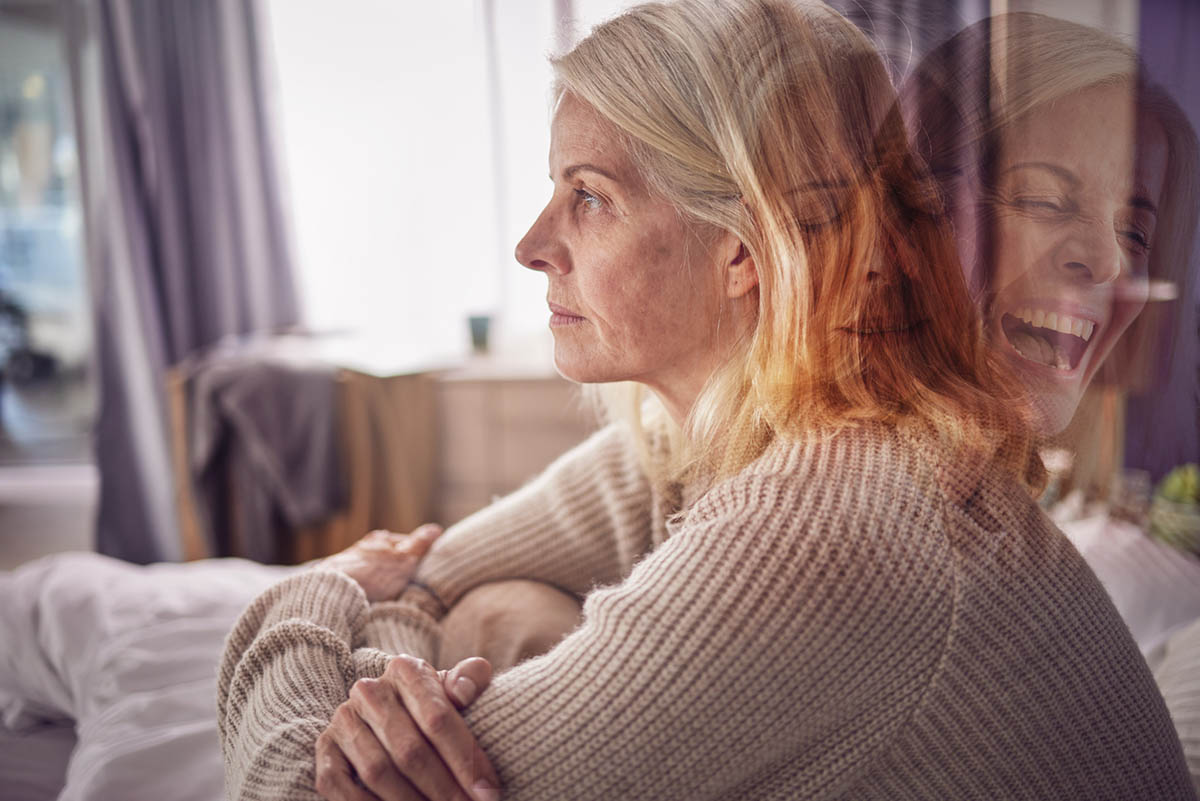Objective: The aim of this article is to present the assessment of the presentation of symptoms and psychiatric morbidity of children and adolescents from the Andaman and Nicobar islands during the first 3 months following the December 2004 earthquake and tsunami.
Method: According to predefined criteria, a primary survivor is one who was exposed directly to the earthquake and tsunami, a secondary survivor is one with close family and personal ties to primary survivors, and tertiary survivors are individuals from the communities beyond the impact area, a majority of which were exposed to the earthquake only. This study included 37 primary and secondary survivors (aged <= 18 years) and 498 tertiary survivors of the tsunami disaster. Tertiary survivors were recruited from the 10th and 12th grades of schools in Port Blair, India. The following 3 screening and treatment methods were adopted: (1) mental health clinic, (2) art therapy, and (3) group discussions.
Results: The most common psychiatric morbidities observed among the primary and secondary survivors were adjustment disorder (N = 5, 13.5%), depression (N = 5, 13.5%), panic disorder (N = 4, 10.8%), posttraumatic stress disorder (N = 4, 10.8%), schizophrenia (N = 1, 2.7), and other disorders (N = 16, 43.2%). Subclinical syndrome was present in the majority of the primary and secondary survivors. Few tertiary survivors had subsyndromal symptoms.
Conclusion: Only a few of the primary and secondary survivors required intensive individual psychiatric interventions; however, a majority of the primary, secondary, and tertiary survivors required community-based group interventions. Community-based group interventions and group discussions are simple, easy to implement using local resources, and effective in all groups, and provide important components of psychosocial rehabilitation. This kind of approach should be started as early as possible, targeting all children and adolescents affected by any disaster in developing countries.
This PDF is free for all visitors!




